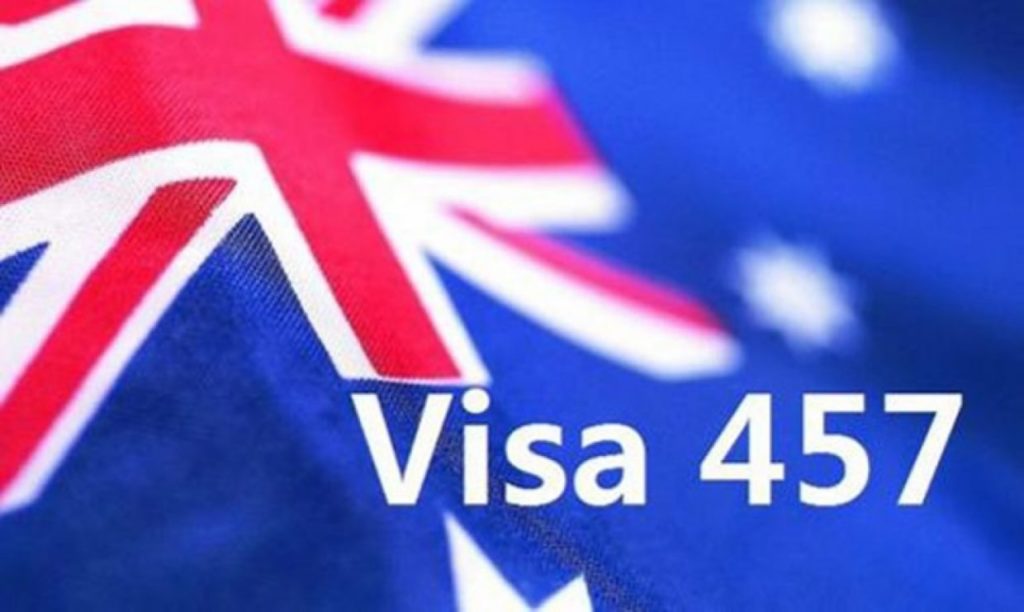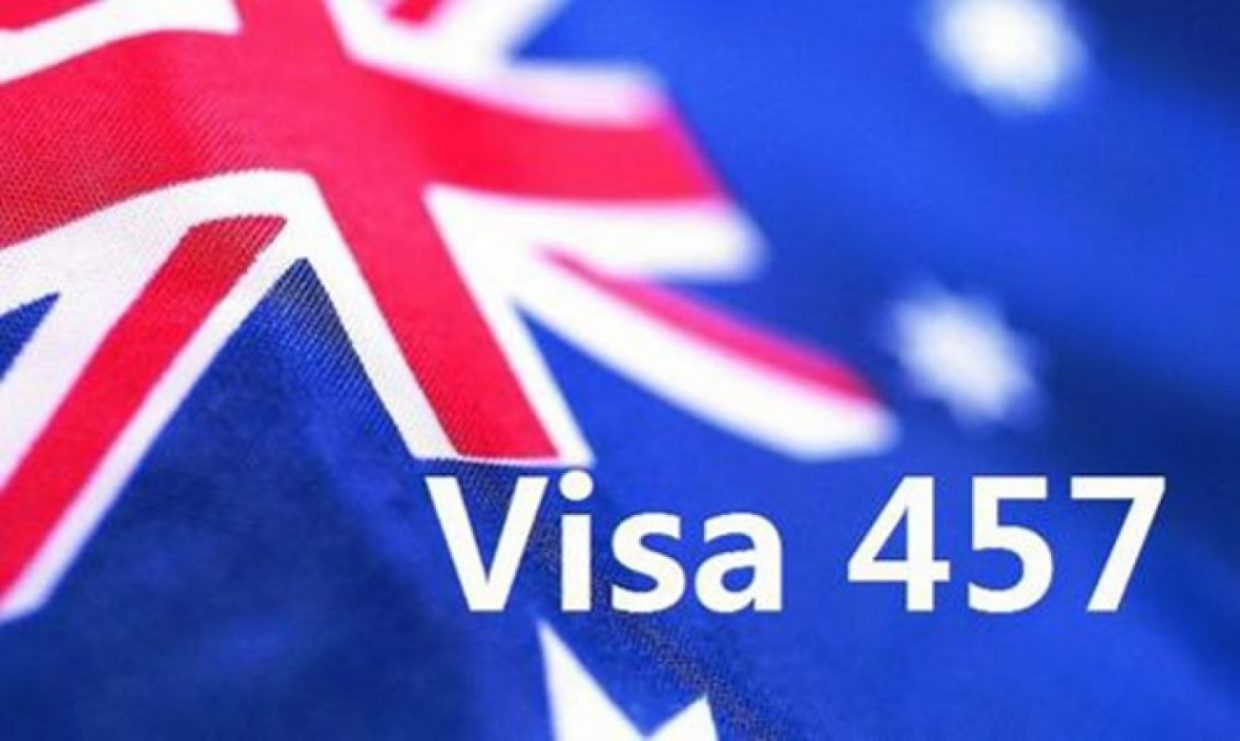Back in April 2017, the Government announced that they would be replacing the Temporary Work (Skilled) 457 visa with the completely new Temporary Skill Shortage (TSS) visa from March 2018.
Since the announcement there has been over 200 occupations removed from the occupation lists used for skilled migration visas, including the 457 and 407 (training) visas.
So, what has happened with the remainder? These have been separated into two lists, the Short-term Skilled Occupations List (STSOL) and the Medium and Long-term Strategic Skills List (MLTSSL).
Under this new TSS program there will 3 options:
- Short-term stream – this is for employers to source genuine temporary overseas skilled workers in occupations included on the STSOL for a maximum of two years
- Medium-term stream – this is for employers to source highly skilled overseas workers to fill medium-term critical skills in occupations included on the MLTSSL for up to four years, with eligibility to apply for permanent residence after three years
- Labour Agreement stream – this is for employers to source overseas skilled workers in accordance with a labour agreement with the Commonwealth, on the basis of a demonstrated need that cannot be met in the Australian labour market and standard visa programs are not available, with the capacity to negotiate a permanent residence option.
The Department of Home Affairs outlines some of the new requirements for the TSS visa to include:
- visa applicants to have at least two years’ work experience in their skilled occupation
- mandatory labour market testing, unless an international trade obligation applies
- capacity for only one onshore visa renewal under the Short-Term stream
- capacity for visa renewal onshore and permanent residence eligibility after three years under the Medium-Term stream
- a non-discriminatory workforce test to ensure employers are not actively discriminating against Australian workers
- a requirement to pay a contribution to the Skilling Australians Fund
They also advise that some of the tightening eligibility requirements for employer-sponsored permanent skilled visas to be:
- tightened English language requirements
- visa applicants to have at least three years’ work experience
- applicants must be under the maximum age requirement of 45 at the time of application, (unless exemptions apply)
- employers must pay the Australian market salary rate and meet the Temporary Skilled Migration Income Threshold (TSMIT)
- a requirement to pay a contribution to the Skilling Australians Fund
While these changes may have an impact on the talent pool available, particularly within the STSOL list where there is no clear pathway for permanent residency, there will also hopefully be a reduction in staff turnover for those MLTSSL employees who are required to remain with their employer for 4 years.
The Department of Home Affairs has also stated their intention to publish a list of Sponsors who have not met their obligations. So, if you are planning to utilise these visas, and to avoid this potentially very damaging situation, we suggest that you educate yourselves on the new arrangements and ensure you are compliant.
Do you recruit foreign workers at the moment?
Have you considered the impact on your recruitment plans?
Now may be the time to refocus your efforts on the Australian job market. This will require some targeted recruitment in what is a generally very tight applicant market.
Employee Matters is here to help. Why not talk to us about your recruitment plans to learn more about our innovative solutions?
Need help recruiting A Players for your team?
Employee Matters has helped organisations with their HR and Recruitment needs for over a decade, improving employee retention, productivity, and morale. Outsourcing your HR needs to us can help you with compliance and establishing trust with your employees. If you need assistance with HR or Recruitment or have any questions, book a call to find out more.


